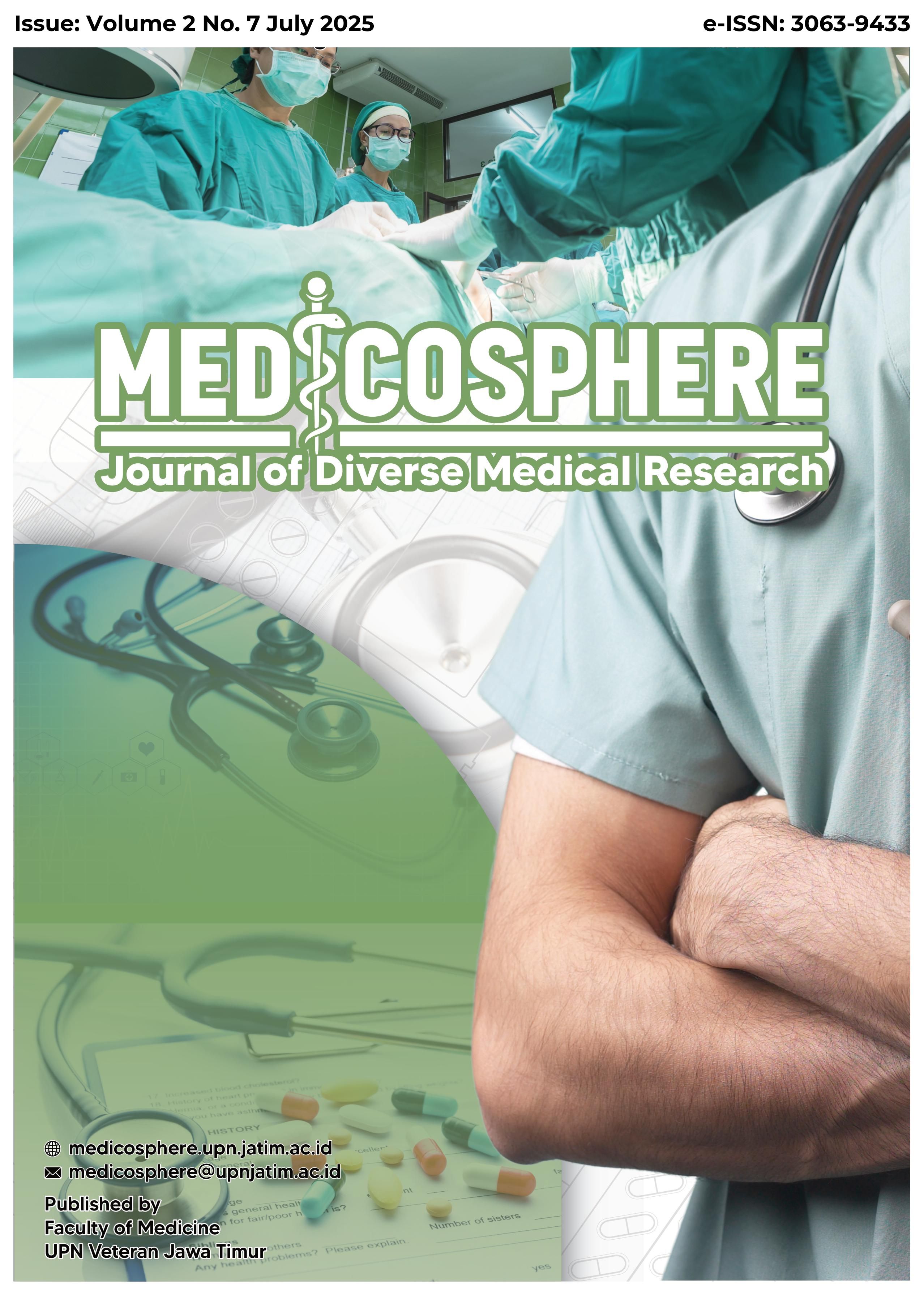The Correlation of Landslide Disaster with Increased Cases of Atopic Dermatitis in Disaster Victims
A Literature Review
DOI:
https://doi.org/10.33005/jdiversemedres.v2i7.170Keywords:
Landslide, Atopic Dermatitis, Skin Hygiene, Natural Disaster, AllergenAbstract
Background landslides not only bring physical damage, but also trigger various health problems, including an increase in cases of atopic dermatitis. The post-landslide environment conditions that are humid, dusty, and limited access to clean water in evacuation centers worsen the skin health of the survivors. Exposure to allergens from soil, mold, and disaster stress further increases the risk of skin inflammation. Purpose from this literature is to analyze the relationship between landslide disasters and the increase in atopic dermatitis cases through environmental factors and explore the effect of limited sanitation and allergen exposure on the increase in atopic dermatitis cases after landslide disasters. Method this study uses Literature Review with data obtained from the databases Science Direct, Elsevier, Open Exploration, Research Gate, Pubmed, Taylor and Francis, Proquest, and SINTA with a total of 10 national journal articles, 20 international journal articles, and 5 theses. Result some studies show that landslides can increase cases of atopic dermatitis due to exposure to dust, mold, poor sanitation, and stress in evacuation camps. Changes in microbiota and the immune system are also implicated in aggravating symptoms, and microbiota manipulation is a suggested therapeutic strategy. Other studies have shown that such an impact does not necessarily take place, especially where quality emergency sanitation and adequate access to health care services exist. Conclusion environmental, sanitation, and microbiota factors play a role in the severity of atopic dermatitis, especially in areas affected by landslides. Exposure to dust, mold, and limited clean water in evacuation camps can worsen skin conditions, while post-disaster stress also weakens the immune system, so health, hygiene, and environmental management education is needed for more effective prevention. However, some studies argue that not all landslide events increase atopic dermatitis, especially in regions with adequate emergency sanitation and health services.
Downloads
Downloads
Published
How to Cite
Issue
Section
License
Copyright (c) 2025 Journal of Diverse Medical Research: Medicosphere

This work is licensed under a Creative Commons Attribution-NonCommercial-ShareAlike 4.0 International License.






